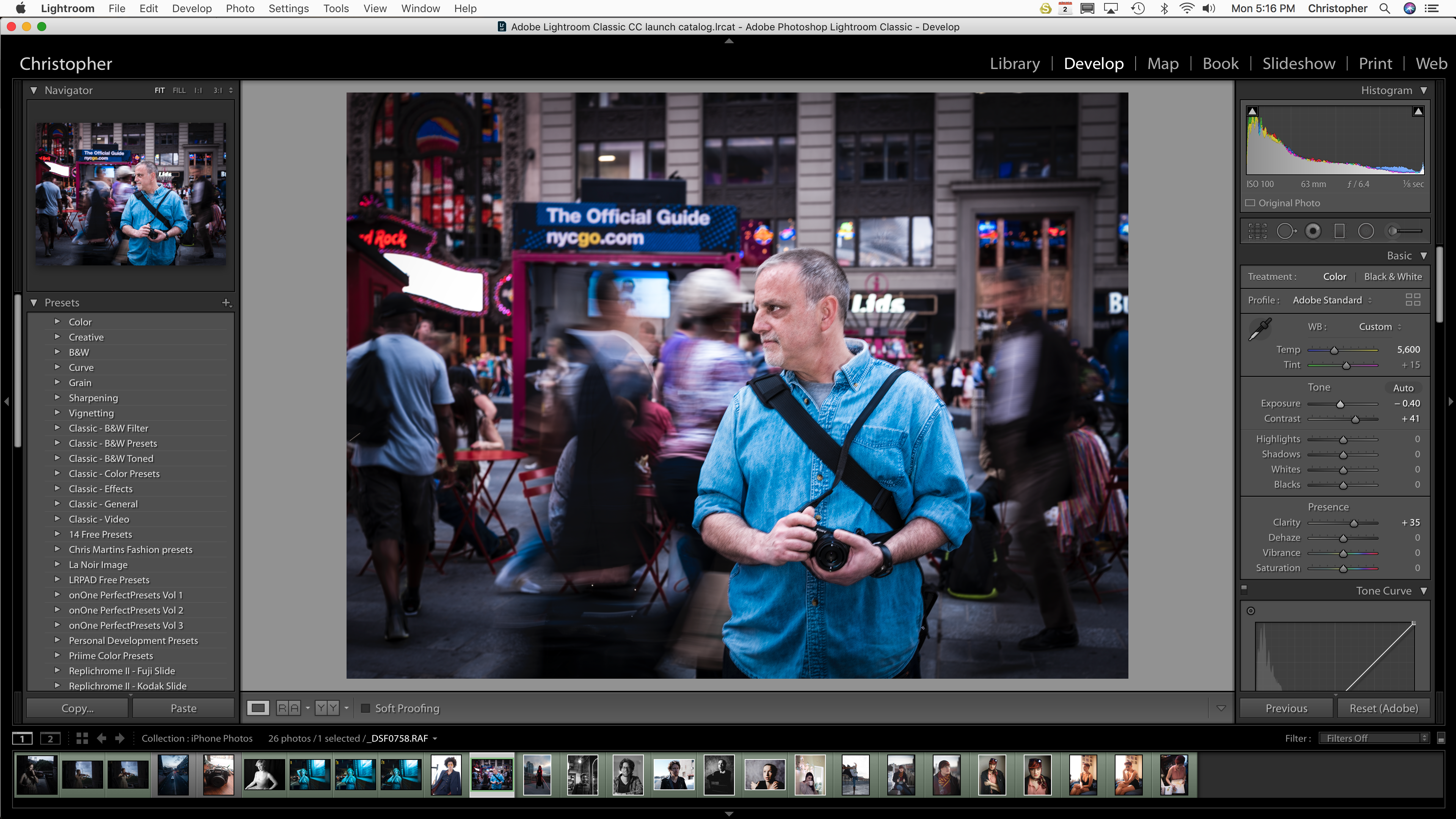

Love it or hate it, social media is here to stay. Screenshot from Instagram - social media has made it much easier for photographers to connect with others Editor's tip: Read our dedicated smartphone photography guides here. Not to mention the ability to shoot in Raw and edit images using apps such as Adobe Lightroom: Photo Editor Mobile, Snapseed and many more that offer advanced editing control on your phone. Built-in camera apps are generally what most people use, but there are also plenty of other options available from third-party developers. The image quality and functionality possible with smartphone cameras have been continually improving, and even magazine covers have been shot with mobile phones. Consumers quickly realised that they didn’t need a compact camera for holidays and family snaps because they already had one in their pocket or bag. In terms of photography, smartphones have almost obliterated the compact camera market because these clever devices also incorporate high-quality cameras comparable in image quality to what was possible with standard compact cameras. What you could call a smartphone have actually been around since the 1990s, but it was the touchscreen control, the use of apps, internet connectivity and true web browsing that made the modern smartphone something quite special. "Consumers quickly realised that they didn’t need a compact camera for holidays and family snaps because they already had one in their pocket or bag." It’s safe to say that smartphones have revolutionised communication and life itself since the first iPhone was launched back in 2007. SmartphonesĪn image being edited in Lightroom CC with a smartphone And with Micro Four Thirds, APS-C, full-frame and medium format options available, there’s a mirrorless camera suitable for all types of photography and photographers’ needs.

Mirrorless cameras are incredibly popular these days because they make it possible for manufacturers to pack cutting-edge technology into camera bodies that are typically smaller and lighter than their DSLR equivalents. Mirrorless cameras, in many ways, represent digital photography coming of age and moving in a direction of its own, rather than being based on previous generation camera design. Since those early days, we’ve seen mirrorless camera technology developing at lightning speed with some incredible features and functions not possible with DSLRs, which are essentially the digital version of film-based SLRs. Leica themselves weren’t far behind with the release of the Leica M8 in 2006, but it wasn’t until the release of the Panasonic G1 in 2008 that mirrorless cameras were truly brought to the masses. The 6.1 MP Epson R-D1 rangefinder was released in 2004 and uses Leica M-mount lenses. "Mirrorless cameras, in many ways, represent digital photography coming of age and moving in a direction of its own, rather than being based on previous generation camera design." Mirrorless cameras have been around for a little longer than most people realise and came from a surprising manufacturer – Epson. Mirrorless models have quickly become one of the most popular types of digital camera models with both consumers and professionals The Fujifilm X-E1 mirrorless camera model.
UPDATE ADOBE LIGHTROOM CLASSIC CC HOW TO
Editor's tip: On Focus there we have many Lightroom tips and tutorials covering how to use the software along with tutorials on numerous popular editing techniques here. There are now two versions of Lightroom available Lightroom Classic where the interface follows on from the original versions of the software and is designed for use on desktop and laptop computers then there’s Lightroom CC, which is available in computer and tablet-based versions with touch control and cloud storage so you can process your images on the move. But in subsequent releases, features and functionality were improved to make Lightroom one of the best programs of its type available for photographers. In the early days, Lightroom was a slightly more advanced version of what you’d get if you combined Adobe Bridge and Adobe Camera Raw. It’s safe to say that those of us who use it take what it has to offer for granted and rarely think about editing before 2007 when the first version of the software was released. Adobe Lightroom makes file managements batch editing of images incredibly easy, and changed the way photographers process their imagesĪdobe Lightroom is the world’s most popular file management, image editing and Raw processing software available.


 0 kommentar(er)
0 kommentar(er)
